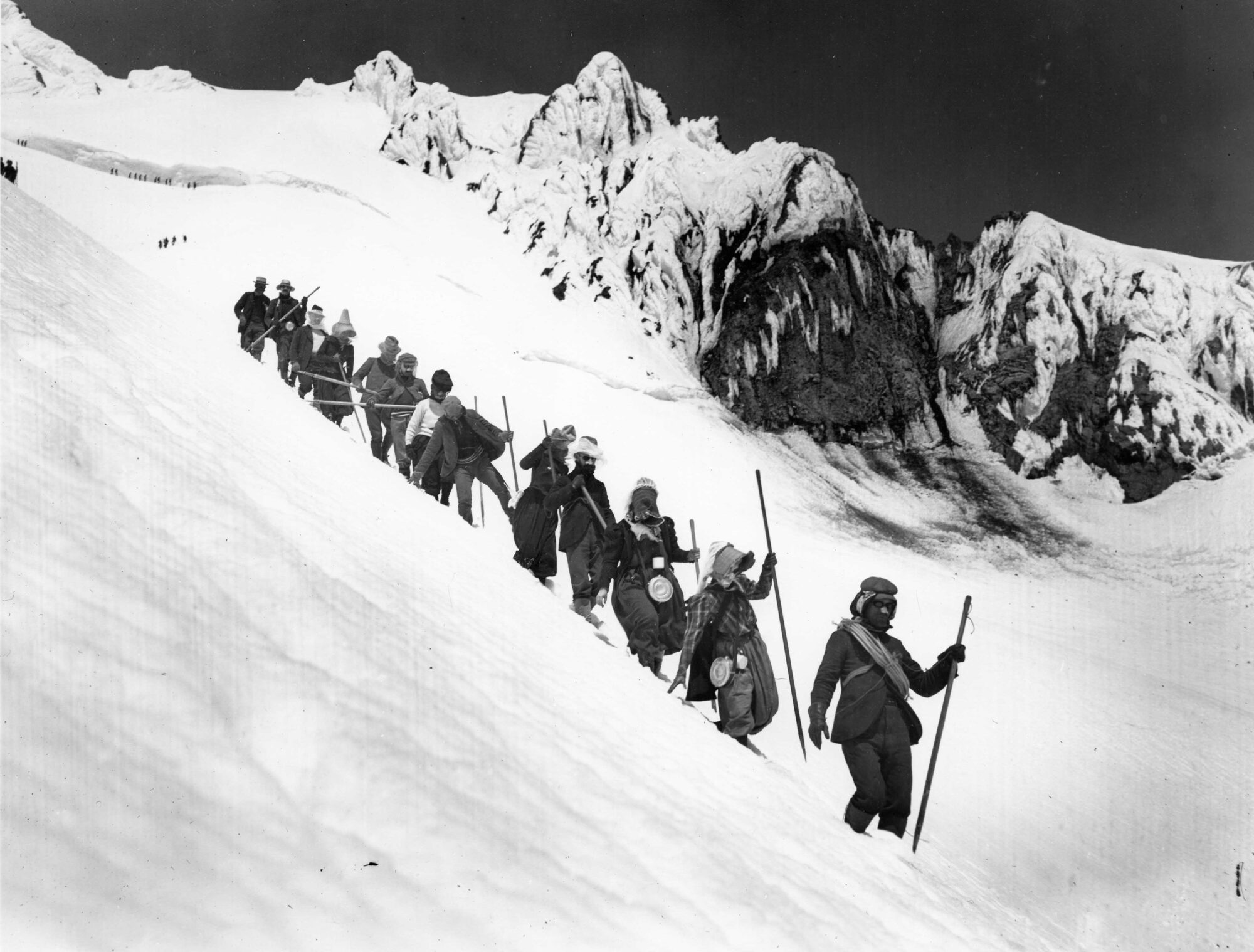
Eric is a first-generation Peruvian American who is an American Mountain Guides Association single pitch instructor, aiming to become a rock guide in a few years. He loves spending every moment he can outdoors, but he recently opened up a machine shop, and that does take up a fair bit of his time lately. But not so much time that he hasn’t added a new hobby to his ever-expanding list – circus activities, like the flying trapeze, as a way to help him strength train for climbing.
Eric Meza
Pronouns: He, Him, His
Year Joined Mazamas: 2022
Present-day outdoor activities: Climbing, scuba diving, ski mountaineering,
mountain biking, surfing, trail running and learning the intricacies of nonprofit peanut farming
What’s your earliest outdoor memory? Ooof. I was maybe 2 or 3; I remember my parents used to bring a little kid portable toilet that held a wag bag for long road trips. I clearly remember visiting Yosemite one snowy winter day and having my portable setup right in front of El Cap in the icy meadow. I think that’s when my obsession first started with the big stone. There’s a picture of me pooping while in awe of El Capitan somewhere in an album buried in storage.
How did you first hear about the Mazamas, and what prompted you to engage with the organization? I first heard of the Mazamas from some friends in PDX Climbers of Color. Joining was a catalyst for becoming a safer, more knowledgeable climber. My goal is to keep learning so that I can someday pass on the knowledge I’ve accumulated from classes and adventures to the next generation of BIPOC climbers.
As more people seek to recreate outdoors, what advice would you offer them? Sometimes conditions or situations get dangerous, and retreating seems like giving up on your goal or a failure; it’s not. Getting home alive should be the end goal and everything in-between is the good stuff you can tell stories about. You can always try again another day.
What activities/situations/people most inspire you? U.S. competitive eater Joey Chestnut’s world record from a few months ago inspires me everyday.
What is your favorite book/movie/TV show/social media account that you follow and why? Pick one. Hmmm @creamycanoli on Instagram is my latest inspiration. They really capture the plethora of facial expressions during difficult climbing moments.
What’s on your adventure bucket list? A few big walls this year and then a trip to Chile/Patagonia next winter.






